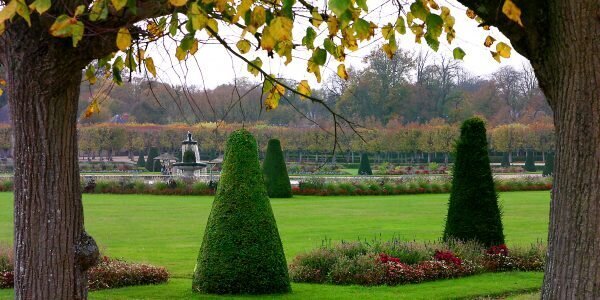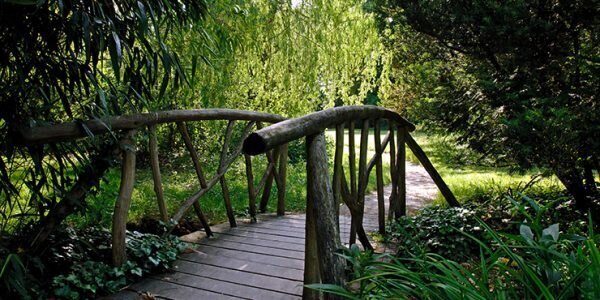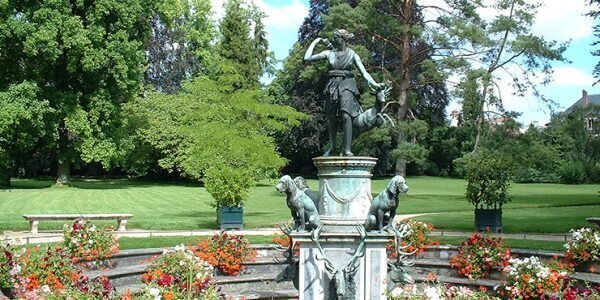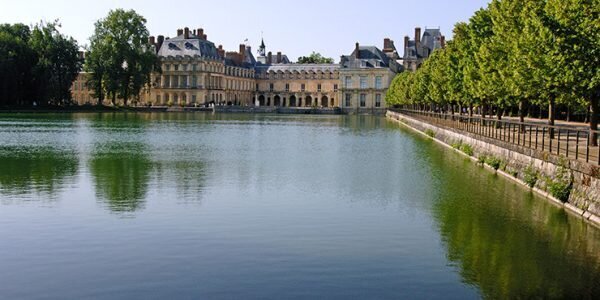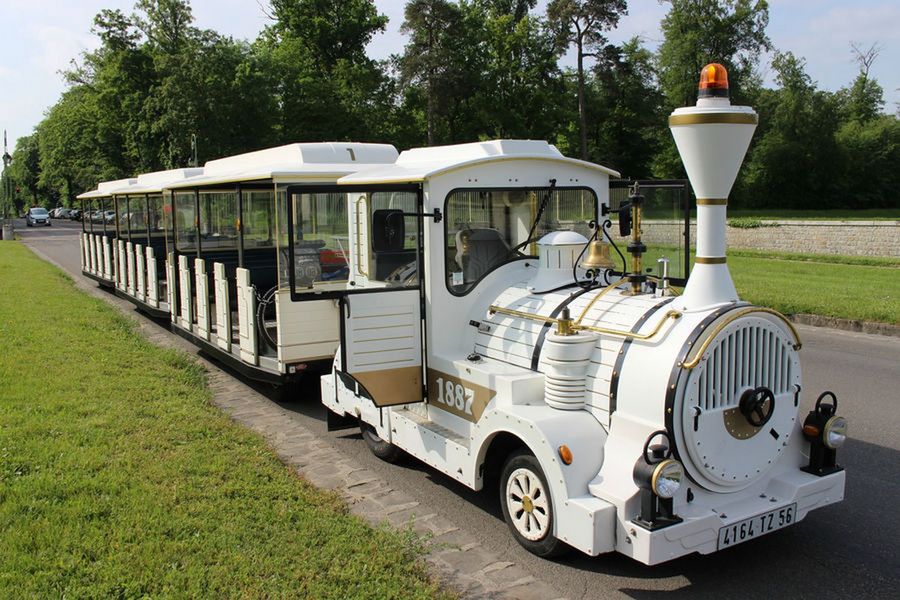The Château Gardens
Surrounded by sumptuous gardens of all kinds, the château of Fontainebleau invites you to discover the botanical and architectural heritage of this “true abode” of the kings of France: the Grand Parterre, the English Garden, the Garden of Diana, the Carp Lake and the Park.

The small boats of the Carps Pond
Fontainebleau
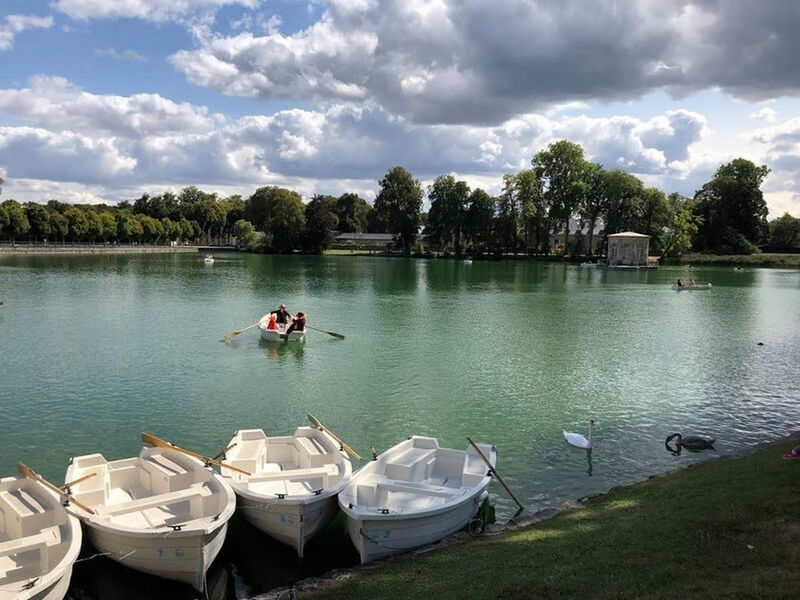
Discover the castle of Fonainebleau in a different way and enjoy the new small boats of the Carps Pond! Meet us at the jetty of the Carps Pond, the boater will be waiting for you next to the small gatehouse.
